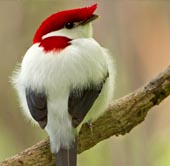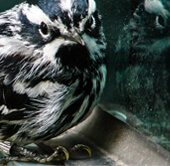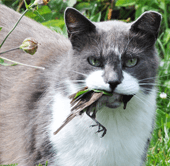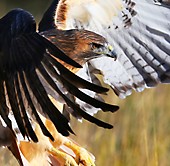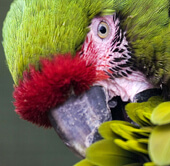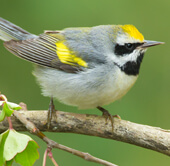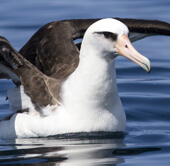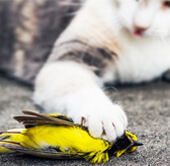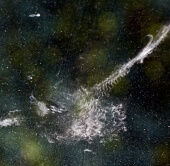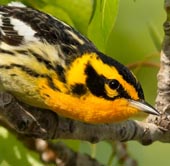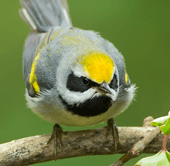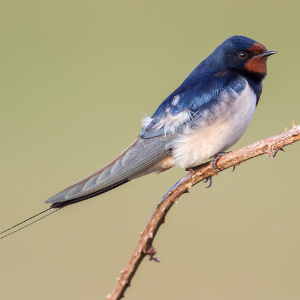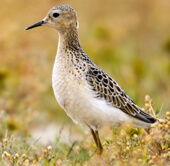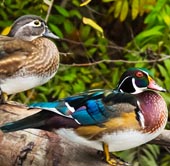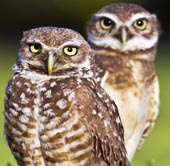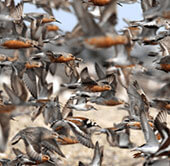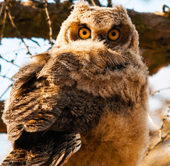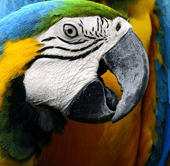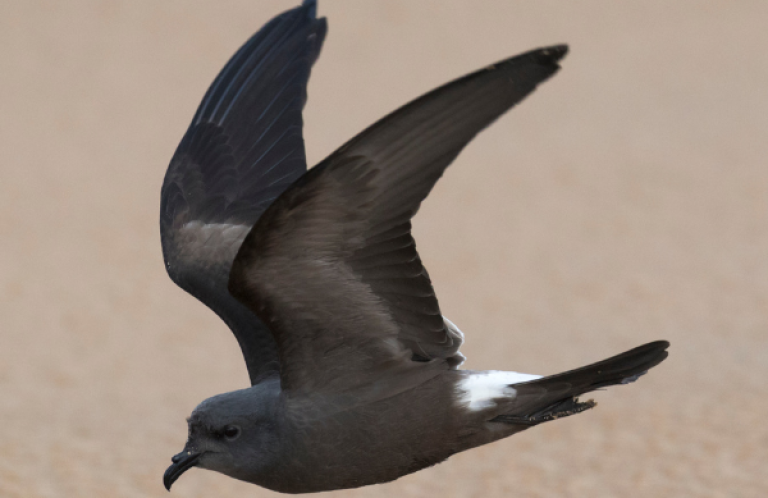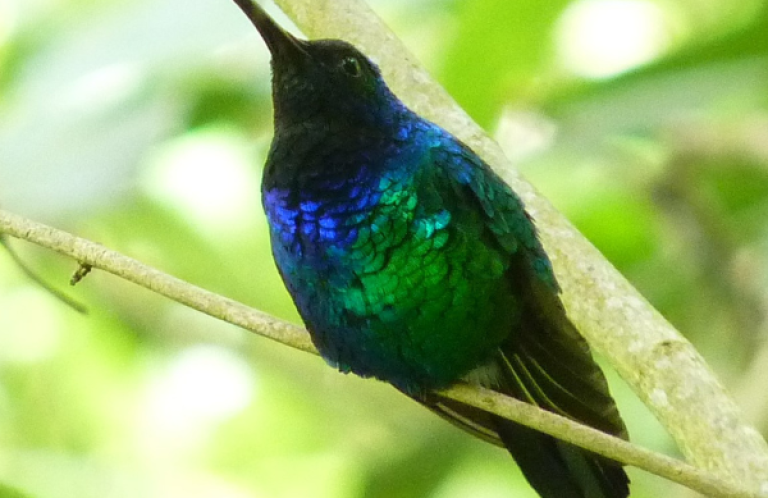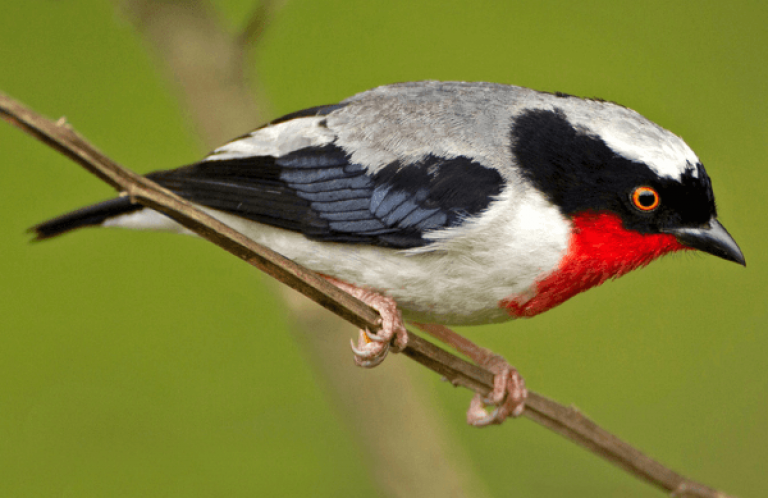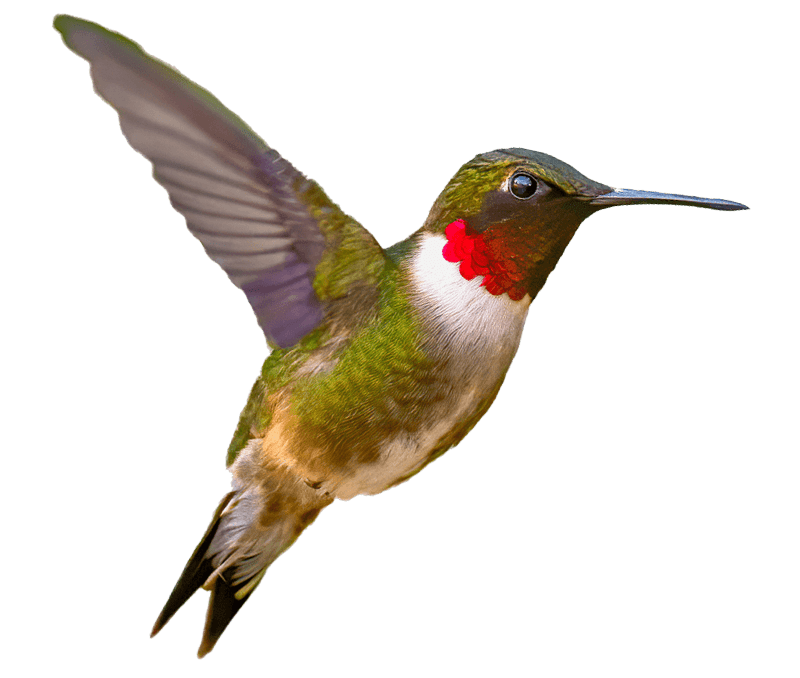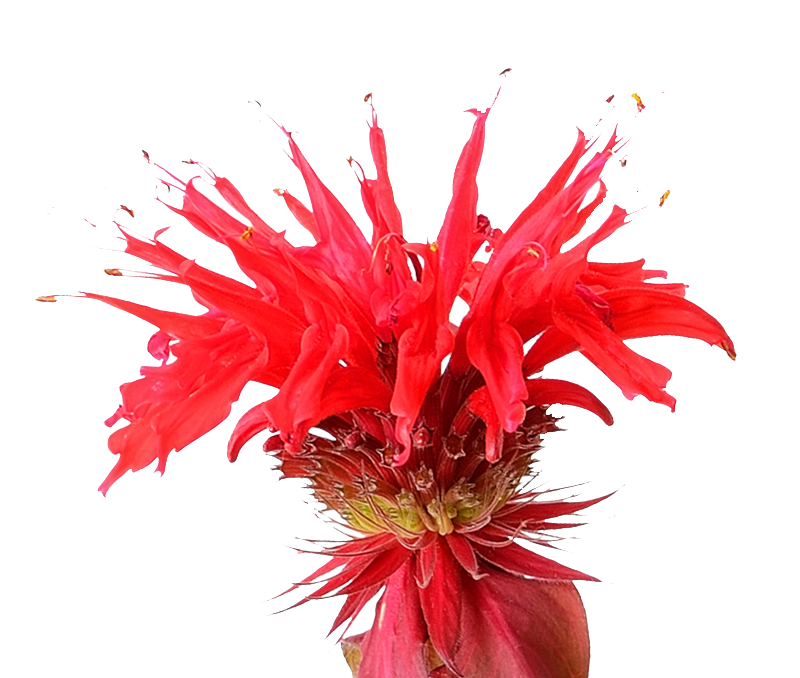Insects to be Released in Hawai'i to Control Invasive Strawberry Guava Plant
Contact: Robert Johns, 202-234-7181 ext.210,
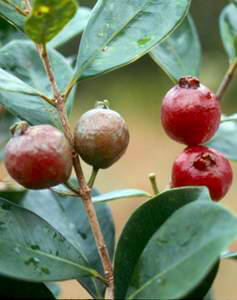 |
| Strawberry guava, U.S. Forest Service |
(Washington, D.C.,
The Assessment took into account over 15 years of study by the U.S.D.A. Forest Service on potential insect controls of the plant that has already overtaken hundreds of thousands of acres in Hawai‘i. The studies ultimately determined that the small Brazilian scale insect, Tectococcus ovatus, could provide some degree of natural control of the plant while posing no threat to native vegetation, even other varieties of guava plants that might literally be right next to it. Over 100 plants were tested for hosting compatibility with the insect, and all tested negative.
T. ovatus is native to Brazil where strawberry guava originated. The insect lives most of its life inside the plant’s leaves, causing galls or bumps that reduces the vigor of the plant, but does not kill it.
“Strawberry guava is one the worst threats to Hawai‘i’s precious and unique biodiversity, and without this action we will continue to lose our endemic flora and fauna. We are hopeful that this biological control agent will give the native forests a chance to recover,” said Chris Farmer, Hawai‘i Science Coordinator at American Bird Conservancy, the leading bird conservation group in the United States.
Strawberry guava was introduced to Hawai‘i in 1825, and has since spread throughout native forests. It grows very quickly, forms dense thickets up to 30 feet high, crowds out native plants, can grow in the shade, produces large amounts of fruit with many seeds that are spread by animals, and sprouts prolifically from stumps and cut branches. Mechanical and herbicide control methods have been used for decades with minimal success.
Since 1975, when more comprehensive reviews of biocontrol measures were enacted by the Hawai‘i Department of Agriculture’s Plant Pest Control Branch, more than 50 species have been introduced to Hawai‘i to suppress invasive Koster’s curse, ivy gourd, prickly pear cactus, and banana poka without any adverse effects.
“Strawberry guava outcompetes native species, forming dense thickets in the lowlands, and destroying our local ecosystems. The lack of a diverse understory greatly increases the soil erosion rate and damages our watersheds,” said Farmer.
A University of Hawai‘i study shows that strawberry guava is detrimental to Hawai‘i’s watersheds, with affected forests losing 27 percent more water than native ‘ōhi‘a forests. The U.S. Department of Agriculture also reports that the millions of pounds of fruit produced by the plant are a primary source of oriental fruit flies which invade agriculture crops and cost Hawai‘i millions of dollars annually in quarantine treatment and control efforts.
The Hawai‘i Department of Agriculture plans to do an initial biocontrol insect release at one site on the Big Island, where progress will be monitored by the U.S.D.A. Forest Service.
The Environmental Assessment may be found at the OEQC website.

